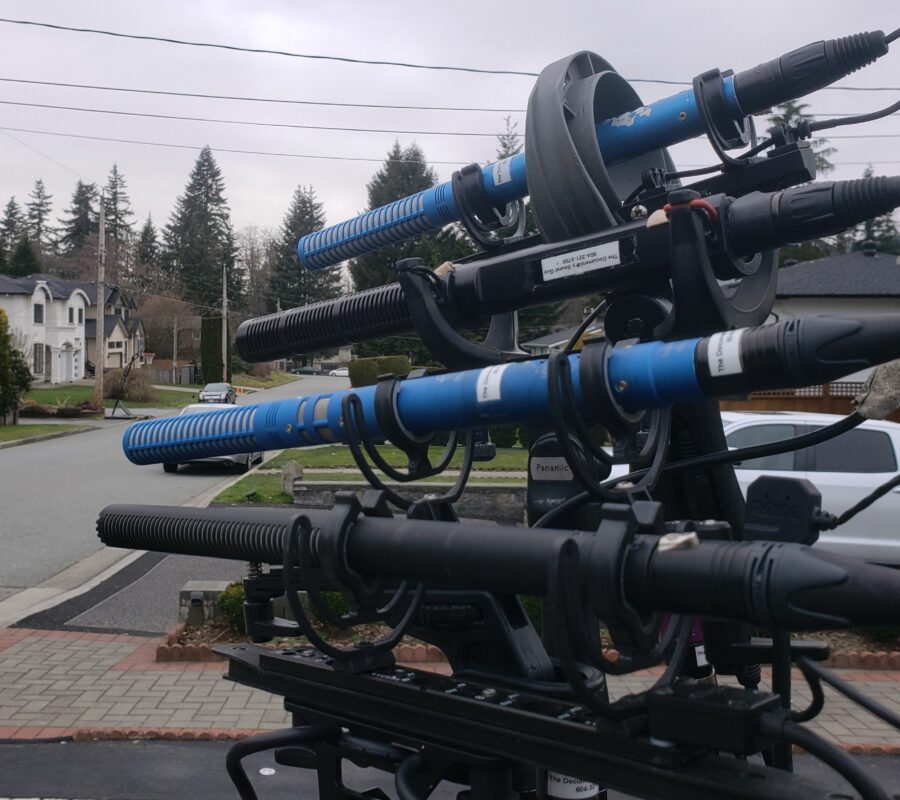August 12, 2024 0 Comment Batteries, Battery Life, Fujifilm NP-50, Lectrosonics LB-50, Motorola BT100, NP-50, Zaxcom, Zaxcom ZMT4, Zaxcom ZMT4-X Review
I want to share some battery tests I did with the two Zaxcom ZMT transmitters: ZMT4 and ZMT4-X. The ZMT4 advertises “up to 7h” battery life, and uses NP-50 batteries (same as Lectrosonics SSM).The ZMT4-X advertises “up to 16h” battery life, and uses Motorola BT100 batteries (only used by some unusual Motorola walkies as far […]
March 13, 2024 0 Comment Bluetooth Keyboard, Hacking, Keyboard, Raspberry Pi, Rii 518BT, Zaxcom, Zaxcom FP7, Zaxcom Nova Review, Sound Kit
Rotary knobs suck for entering text. I got pretty fast at using Zaxcom’s on-screen keyboard on my Nomad (and now, my Nova), but it’s not the same as a real keyboard. I have developed the very specific skill of being able to simultaneously walk quickly and write scene notes or track names on my recorder […]
27
Feb
4 Comments Sanken CS-3e, Schoeps CMIT-5U, Schoeps SuperCMIT, Sennheiser MKH-60, Shotgun Microphones, Shotgun Mics Review
The Shotgun Shootout: Schoeps CMIT & SuperCMIT, Sanken CS-3e, & Sennheiser MKH-60For ages, I’ve been frustrated by the lack of real-world information about the very expensive tools we use. Before I got into sound, I used to do reviews of computer hardware, and it was unthinkable to me that I would make a purchase without knowing what I was buying. In film sound … there just […]
